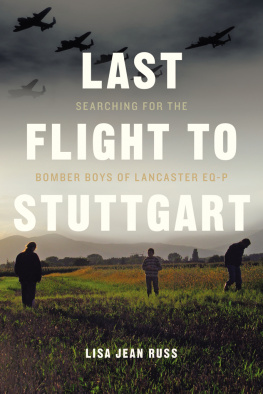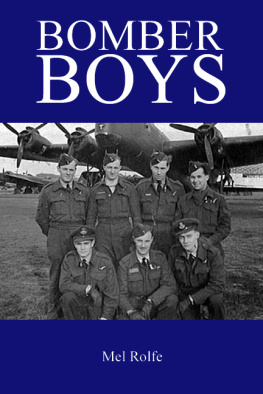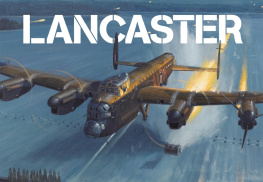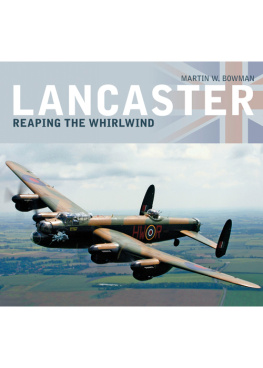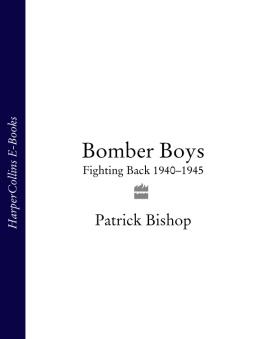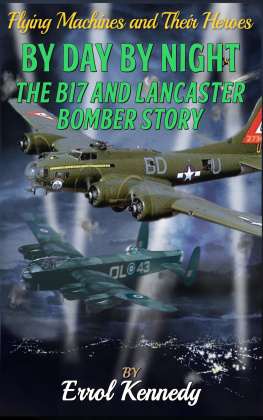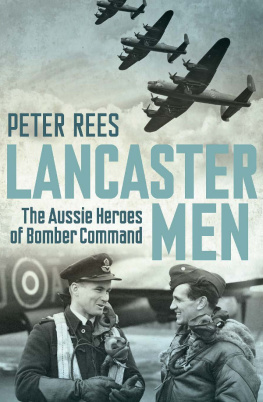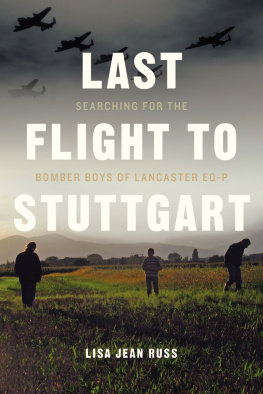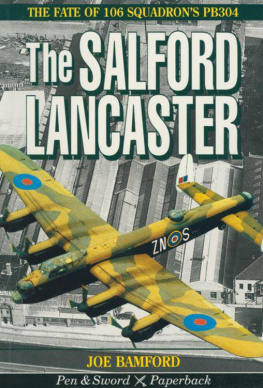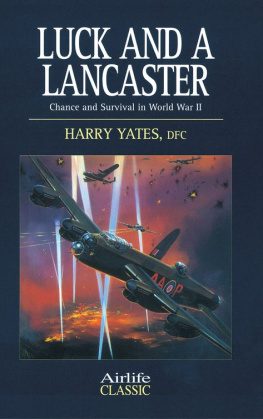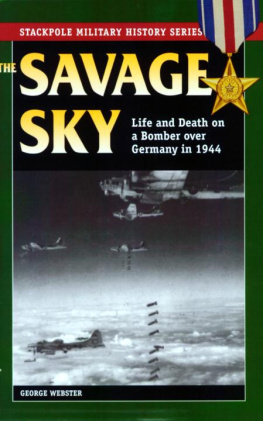
Copyright 2018 Lisa Jean Russ
All rights reserved. No part of this publication may be reproduced, stored in a retrieval system, or transmitted in any form or by any meanselectronic, mechanical, audio recording, or otherwisewithout the written permission of the publisher or a licence from Access Copyright, Toronto, Canada.
Heritage House Publishing Company Ltd.
heritagehouse.ca
Cataloguing information available from Library and Archives Canada
978-1-77203-262-8 (pbk)
978-1-77203-263-5 (epub)
Edited by Jesmine Cham
Proofread by Lesley Cameron
Cover and interior design by Jacqui Thomas
Cover (top), title page, and part opener photograph: CGTA5-Mods.com/Avro Lancaster Mk-X
Cover photograph (bottom): Looking for pieces of EQ-P in a farmers field, 2010, by Michael Russ
The interior of this book was produced on 100% post-consumer recycled paper, processed chlorine free, and printed with vegetable-based inks.
We acknowledge the financial support of the Government of Canada through the Canada Book Fund (CBF) and the Canada Council for the Arts, and the Province of British Columbia through the British Columbia Arts Council and the Book Publishing Tax Credit.

22 21 20 19 18 1 2 3 4 5
To the memory of Robert (Bud) George Alfred Burt and to all those who have given their lives in war for freedom
Grey goose, grey goose,
Whither flyest thou?
Eastward, eastward is my flight,
With the cry For Freedoms right,
Oer a stormy wind-tossed sea,
Oer a war-torn Germany,
Ive taught my countrymen to fly,
To live, and if they must, to die.
From Song of the Grey Goose, 1943 (author unknown) 408 Squadron display board, Canadian Memorial T2 Hangar, Building 17, Yorkshire Air Museum Allied Forces Memorial
Authors Note
Last Flight to Stuttgart tells the story of seven men who fought in the Second World War under Bomber Command and how I came to know them. This crew represents the tens of thousands of men who died in the war protecting our freedom. We remember the illustrious leaders and those who participated in well-known battles, but without the average man serving on the battlefront, wars would never be won. For every leader who has his story told, there are many thousands of servicemen whose stories will never come to light. I have chosen to thank the marginalized and honour their names by telling their story. They are my heroes.

PART 1

MEMORY FAILS ME



Operation 5: Stuttgart

On Wednesday, March 15, 1944, the boys flying Lancaster II LL637, coded EQ-P, from 408 Goose Squadron of the Royal Canadian Air Force (RCAF), once again found their names listed for bombing operations. Yorkshires Linton-on-Ouse base readied its bombers, preparing sixteen Lancasters each from Goose Squadron and 426 Thunderbird Squadron. The day would follow a familiar routine, with the morning breakfast and the daily Lancaster check by the aircrew readying EQ-P for the night ahead, while the ground crew worked on any outstanding mechanical issues and began preparations for bombing-up. After the numerous stand-downs and scrubs, surely tonight they would fly, signalling the first heavy raid of the month.
Bud Burt would be going on his first operation if all went as planned. He had been sick when his crew mates went on their first four operational trips and had yet to experience the full effect of flying over enemy territory. Bud probably felt like an odd bod. Even if his crew mates had given him vivid descriptions of those first ops, it would have done little to quell his nerves. He would be anxious to do his part and get this first op under his belt.
In Sussex, Buds cousin Kenneth Arthur Burt, a ground crew mechanic on leave from 418 Squadron, boarded a train for York. A few weeks earlier, Bud had dropped in on Kenneth at a station hangar. They had gone out for drinks, and during their chat Bud had promised his cousin a flight in a warbird. Eager to fly, Kenneth hoped to meet up with Bud later in the day.
Meanwhile, the operational crews at Linton-on-Ouse filed into the briefing room for their pre-operation instructions. Their target tonight was Stuttgart, Germany. Bomber Command had planned a heavy attack. Like many of Germanys big cities, Stuttgart harboured an effective rail transportation network and various industrial war factories. Searchlights and anti-aircraft gun batteries, as well as a Luftwaffe fighter base at Echterdingen, defended Stuttgarts citizens and its industrial precinct. Departures at Linton-on-Ouse would commence at 7:00 PM or, in military parlance, 1900 hours. The round trip was expected to take the bombers about seven and a half hours.
Later that afternoon, two crews were scrubbed from the operation because of technical failures. climbed into the trucks, and headed out to the planes.
EQ-P sat fully loaded with eight 30-pound and nearly three hundred 4-pound incendiary bombs, one 4,000-pound high-capacity "cookie" blast bomb, The crews stood around their respective Lancasters in the cold late-winter dusk, having a last smoke, saying silent prayers, rubbing or kissing a talisman for luck, or vomiting over one tire while others urinated for good luck on another. All waited for the signal that the operation was scrubbed or on.
Tonight the operation was a go. The boys of EQ-P climbed aboard in their cumbersome gear, lifted up the ladder, shut the side door of the Lancaster, and headed for their individual stations. Norm Lumgair and Jock Cruickshank, pilot and flight engineer, settled into their seats side by side in the cockpit. It would take two men to get this fully loaded mechanical beast off the ground. As bomb aimer, Bill Taylor was positioned in the nose of the plane. He had two options on takeoff. He could, as was often done, go down into the nose turret. If takeoff failed, however, this was a dangerous location. The safer alternative was to stand behind the pilot and flight engineer, waiting until they got into the air before taking up his position. George Parker, the navigator, sat at his navigation table, just behind Norm. A short distance farther down the cramped fuselage, Larry Doran, the wireless operator, sorted radio operations. Bob Hudson, the mid-upper gunner, strapped himself into the mid-upper turret, while Bud, the tail gunner, slid down the aft end of the fuselage and squeezed himself into the tail turret, shutting the doors between him and the rest of the crew. Settled in the plane, the boys did their pre-flight tests and prepared for takeoff.

